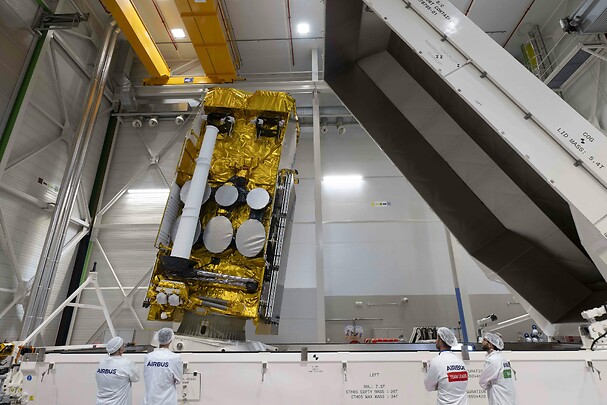Getafe, Spain, 24 October, 2025 – SpainSat NG-II, the second Airbus-built new generation secure communications satellite for Spain, has been successfully launched from the Kennedy Space Center, in the U.S.
The launch of this second satellite…

Getafe, Spain, 24 October, 2025 – SpainSat NG-II, the second Airbus-built new generation secure communications satellite for Spain, has been successfully launched from the Kennedy Space Center, in the U.S.
The launch of this second satellite…